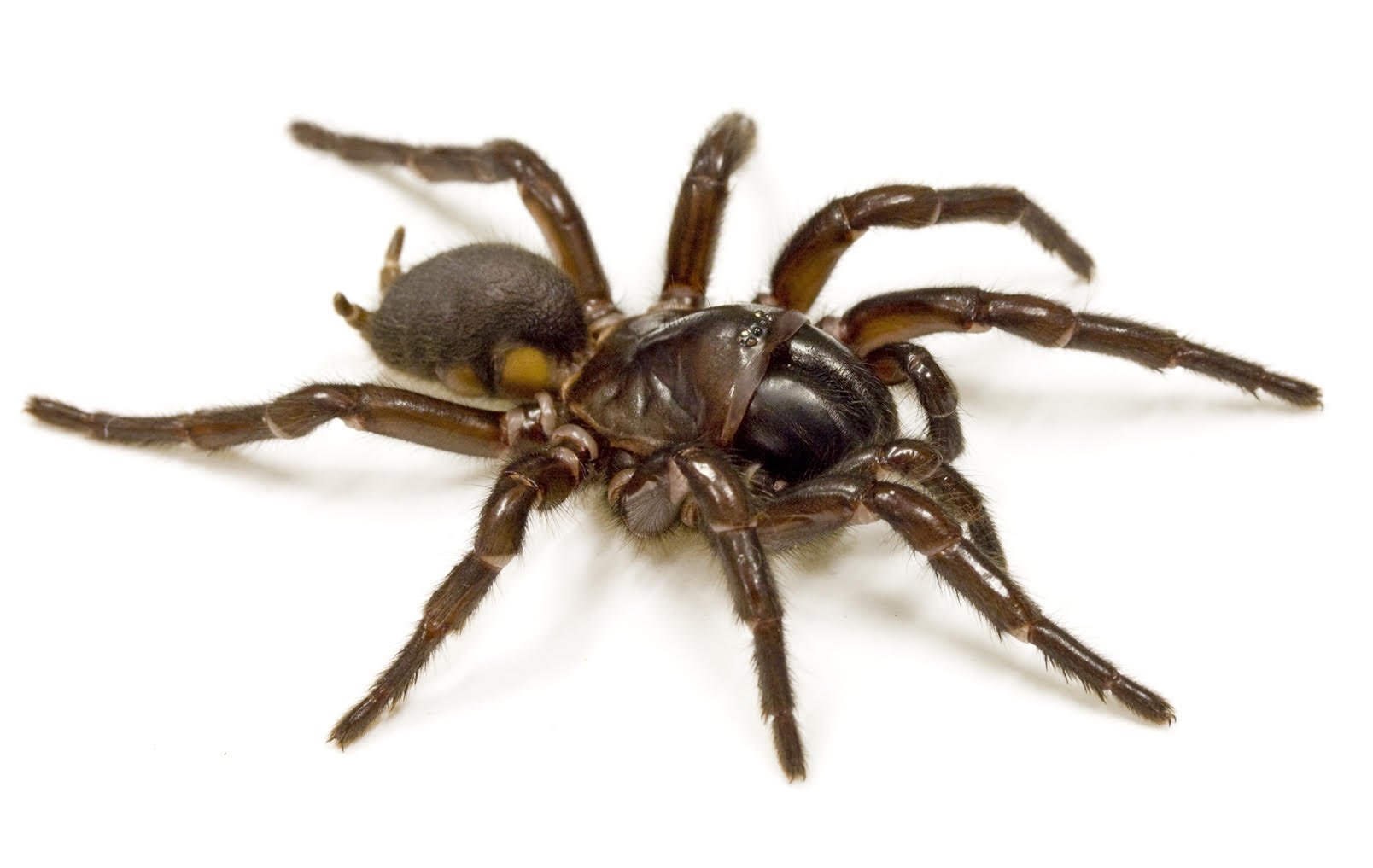

The Search for Lost Species
Around the world, there are once-discovered species that haven’t been seen for years in the wild. Although feared extinct, these “lost species” may still be out there, lurking in remote and unexplored corners of our planet.
For the April issue of Muse magazine, I wrote a story about the Search for Lost Species campaign, launched in 2017 by Global Wildlife Conservation and Re:wild. From a list of 2,100 species of animals and plants, Re:wild compiled a list of the “25 most wanted” lost species. In just four years, scientists working with local partners around the world have rediscovered eight species once missing to science.
Check out the whole article here: The Search for Lost Species.

Mongooses Mind Others’ Manners
Humans have more in common with dwarf mongooses than you might think. Both species are highly social, living in complex groups. Both species use a variety of vocalizations to communicate. Now, field experiments show that dwarf mongooses are also like us in not appreciating bullies.
According to a study, dwarf mongooses identify and remember which groupmates picked fights with others during the day and later give those individuals the “cold shoulder” by grooming them less before bedtime.
Read more at The Scientist: Dwarf Mongooses Shun Bullies to Manage Conflict: Study.

Stress and Inflammatory Bowel Disease
In a new study, researchers at Nationwide Children’s Hospital tested whether exposure to stress would lead to flares of intestinal inflammation in a mouse model of inflammatory bowel disease. They found stress did not exacerbate colitis in the mice, though it did increase anxiety-like behavior.
Read more about the study here: Stress Increases Systemic Inflammation and Anxiety in Mouse Model of IBD.

Know Thyssself
What’s the best way of getting into the mind of an animal that lacks limbs? Ironically, it could be by putting ourselves into their shoes. In a recent study with common garter snakes, researchers tried to do just that. They found that snakes could discriminate their own chemical signature from that of littermates fed the same diet. The researchers say it’s a demonstration of self-recognition — a snake version of recognizing your mirror reflection. But not all scientists agree on how to interpret chemical mirror tests like this one.
Read the story at National Geographic news: Can Snakes Recognize Themselves?

Medicinal Venom
There are an estimated 150,000 animal species that have evolved venom. Some are familiar, such as snakes, bees, scorpions, and spiders. But there are also venomous lizards, sea anemones, cone snails, and even a few mammals, like the duck-billed platypus with its venom-bearing ankle spurs.
Comparatively few of the thousands of animal venoms that exist in nature have been analyzed for their potential medical value. Some venom-inspired medicines are already in use, and others show promise, for treating chronic pain, heart conditions, blood clots, diabetes, and more. Now, advances in technology are allowing scientists to discover and screen more venoms and use them to create something that heals, rather than kills.
Read the whole story at IEEE Pulse magazine: Venom-Inspired Medicine: Ancient Chemicals Offer Novel Solutions.
